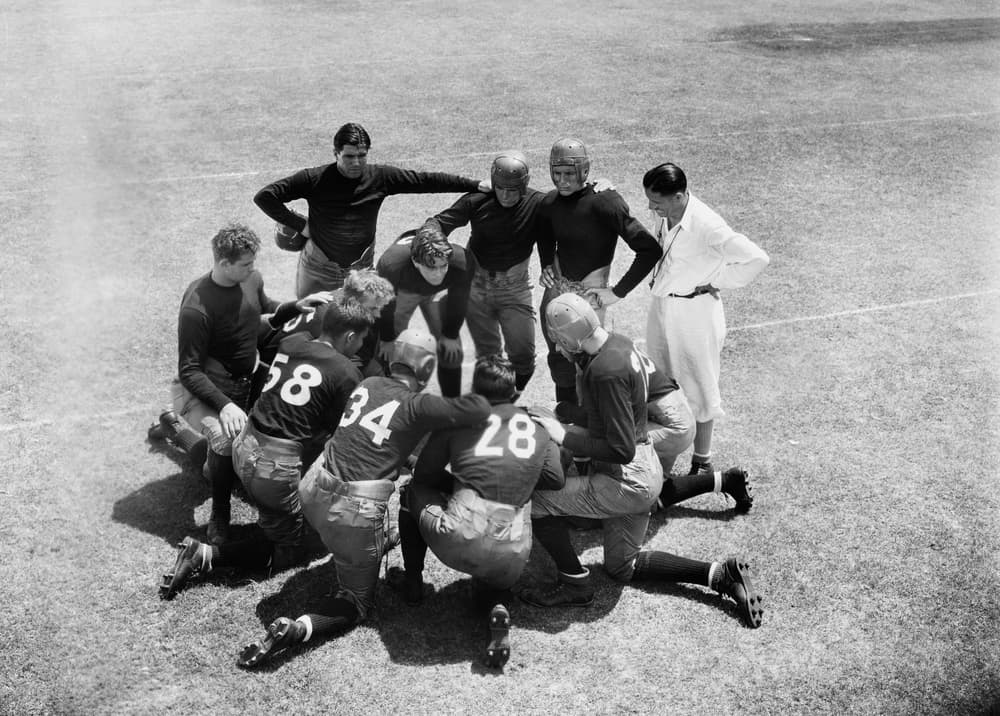
Many articles focus on transitioning from the adjuster to the new surroundings, catching up on claims, and trying to fit in their new environment. Each carrier has its own way of doing things, and this may or may not be the same for the adjuster when compared to the position they just left.
Contact Change At Insured Can Be a Huge Issue
There are also many times when the adjuster stays on the same account, but the insured’s work comp contact changes. This change on the account side can become a huge issue—very similar to the adjuster change.
If you view this from the adjuster’s standpoint, a change in the account contact spells out pending doom. That easy-going rapport you had established with your insured account is now gone. Months, if not years, grooming a relationship, working through comp battles, dealing with the ups and downs of claims, celebrating settlements and victories, all gone.
Click Link to Access Free PDF Download
“How Do I Get My Adjusters To Follow My Account Handling Instructions?”
In comes the new person. This person may run a tighter ship. They may not be as casual in their email correspondence. They may not like talking on the phone. But you share the same goal: reduced work comp exposure and resolved claims.
Someone may think this relationship is not that important, but I think it is naïve to gloss over the interactions between the adjuster and the account. That partnership can save a company hundreds of thousands of dollars, potentially in the millions, over the course of doing business, particularly if you have a TPA or are self-insured/self-administered.
Here are tips for adjusters to consider:
- Give the new person at your account some space. Resist the urge to bombard them with claim details and your life story. They are starting a new job and have orientation, training, etc. Think of your own adventures starting a new job, there are plenty of tasks those first two weeks!!
- Sometime in the first 10 days, call the main office number and obtain their email address, then email over a short hello with your contact info and advice on the role you have in their work comp program. It is a nice gesture to copy in the broker to show your hospitality.
- Within the first month, offer to set up an open-claims review so you both can go over anything pressing or needing attention within the next 30 days. Again a good idea is to copy in the account broker, and invite them to come so everyone can sit down. It is optimal to have the claim review in-person, either at the account or at the carrier, but telephonic or a Zoom will work if need be. This meeting will help you explain the role everyone has, expectations of the program, and also open claims, and the action plan for resolving those claims. Remember, the adjuster has no idea how the new person handles work comp, if they care about it, or if they have any work comp experience at all. The new account contact could be a 21-year-old college grad with zero experience. Even if this is the case, a sit down must be done, and roles/expectations must be laid out.
- After 3-4 months, have another meeting with the account and broker and iron out any issues now that you have worked some clams together. This is not the time to hide that the adjuster has been doing everything and the account no longer accommodates light duty.
Consider the above when new names and faces arise on the account end or the carrier. A claims adjuster knows they have big boots to fill if they replaced the adjuster you had on your account for the last 5-7 years. It comes down to communication; the roles have to be explained and defined, and it has to be reviewed at least a few times during that initial break-in period. Before you know it, the work comp team will be firing on all cylinders again.

Contact: mstack@reduceyourworkerscomp.com.
Workers’ Comp Roundup Blog: http://blog.reduceyourworkerscomp.com/
©2023 Amaxx LLC. All rights reserved under International Copyright Law.
Do not use this information without independent verification. All state laws vary. You should consult with your insurance broker, attorney, or qualified professional.














 Successfully Defending Against Claims Involving Chiropractic Care
Successfully Defending Against Claims Involving Chiropractic Care
